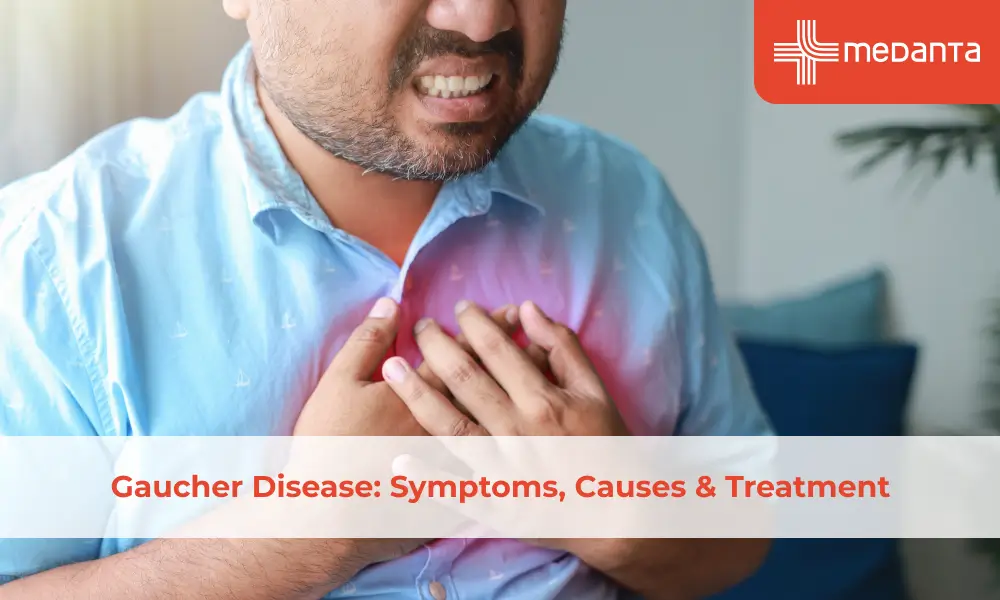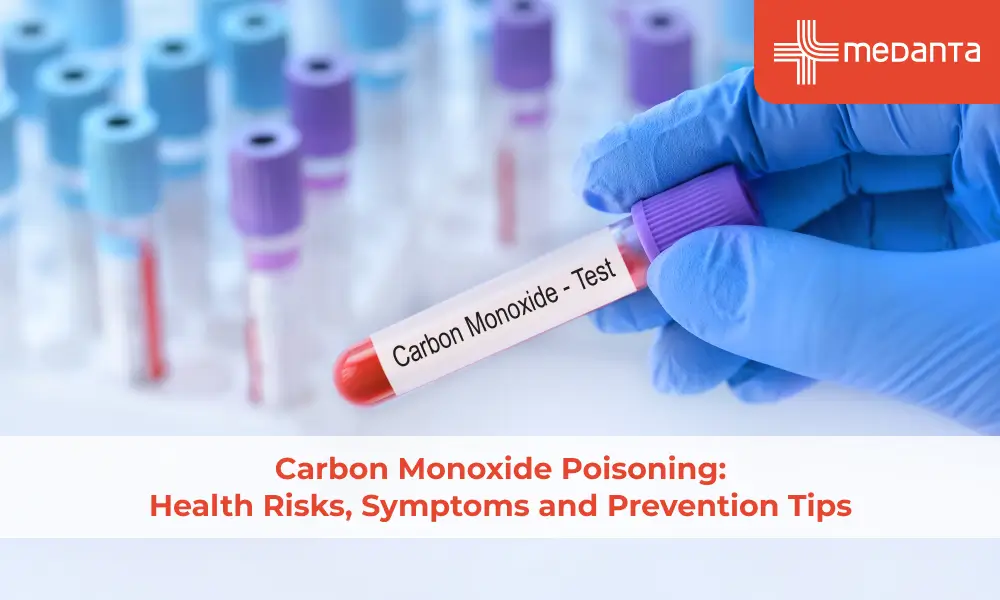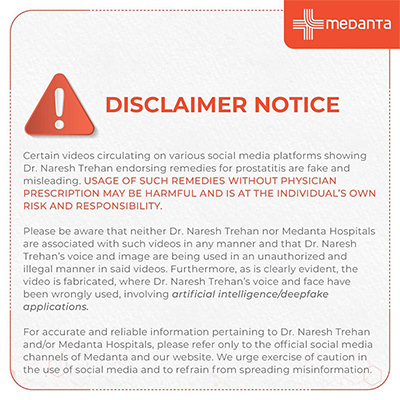Five Warning Signs of Oesophageal Cancer You Should Never Ignore

TABLE OF CONTENTS
Oesophageal cancer impacts the tube that links your throat to your stomach. Early diagnosis plays a key role in improving the chances of successful treatment so spotting the symptoms is important. Dr. Azhar Perwaiz from Medanta Gurugram points out five symptoms you should never overlook.
5 Warning Signs of Oesophageal Cancer
1. Painless, progressive Trouble Swallowing Without Pain
Struggling to swallow food could be a strong indicator of oesophageal cancer. Known as dysphagia, this symptom worsens over time. It often starts unnoticed because it doesn’t cause pain.
Dr. Perwaiz says patients might first observe small problems swallowing solid food that slowly become more severe. A tumour growing in the oesophagus causes the passage to narrow, which makes it harder for food to move down.
2. Sudden Weight Loss
Losing weight without changing your eating or exercise habits should not be ignored. People with oesophageal cancer often lose weight because they eat less due to trouble swallowing and because cancer alters how the body uses energy.
Dr. Azhar Perwaiz stresses that losing more than 5-10% of body weight without any clear reason over a brief time needs quick medical attention. This becomes even more serious if paired with other symptoms listed here.
3. Chest Pain That Doesn’t Go Away With Usual Medications
When chest pain refuses to improve even after using regular medications, it might signal a deeper problem. Unlike the discomfort from heartburn or acid reflux which lessens after taking common medicines, chest pain tied to oesophageal cancer may persist no matter the treatment.
The pain could show up in the center of the chest, behind the chest bone, or between the shoulder blades. It’s often mistaken for heart troubles, so getting the right checks done becomes important.
4. Blood Seen in Vomit
Seeing blood in vomit (hematemesis) is a critical sign that needs urgent medical care. Dr. Perwaiz explains that it can appear as bright red blood or as something resembling coffee grounds, which is digested blood.
This happens when your tumour destroys blood vessels in your oesophagus, leading to bleeding. If you ignore even minor traces of blood, it is risky, as it could point to a late stage of the disease.
5. Long-lasting Symptoms Linked to Reflux
Dealing with gastroesophageal reflux disease, or GERD, for a long time isn't just uncomfortable—it raises the chance of oesophageal cancer. Ongoing acid reflux can cause a condition called Barrett's oesophagus. This happens when the oesophagus lining changes after repeated exposure to stomach acid, and it can lead to cancer.
Dr. Azhar Perwaiz explains that symptoms of reflux lasting over five years or appearing later in life should get checked by a doctor, even if they don’t feel too serious.
When Should You See a Doctor?
If symptoms worsen, appear together, or grow more severe, visiting a doctor becomes necessary. Finding oesophageal cancer makes a huge difference in treating it.
You should keep in mind that these symptoms might come from less serious problems, too, but a proper checkup can figure out the exact reason and the right way to treat it.
FAQs
What is the usual first sign of oesophageal cancer?
The most common early sign is having trouble swallowing food (dysphagia) that gets worse over time. It starts with difficulty swallowing solid food now and then, and becomes more frequent.
How fast does swallowing trouble get worse with oesophageal cancer?
It depends on the person, but trouble swallowing often gets worse little by little over several weeks or months as the tumour grows making the oesophagus narrower.
What kind of weight loss raises concern about oesophageal cancer?
Unexpected weight loss without trying to diet or exercise, if swallowing becomes hard, raises serious concerns.
How can you tell normal chest pain apart from pain caused by oesophageal cancer?
Chest pain from oesophageal cancer doesn’t get better with regular medicines for heartburn or acid reflux. This pain tends to stick around and might even get worse over time.
What does blood in vomit look like when connected to oesophageal cancer?
Blood in vomit can show up as bright red or appear dark, like coffee grounds, which signals digested blood. Seeing blood in vomit means you need medical help right away.
Is acid reflux that doesn’t go away always a symptom of oesophageal cancer?
No, having chronic acid reflux does not always mean cancer. However, if reflux lasts a long time, it might increase the chance of developing Barrett's oesophagus. This condition can sometimes lead to cancer. A doctor should check ongoing reflux symptoms.
Can symptoms of oesophageal cancer resemble other illnesses?
Yes. Oesophageal cancer symptoms often look like those of GERD, stomach ulcers, or even heart issues. Because of this, it is important to see a doctor if you notice any of the five main warning signs.
At what age should these symptoms become a bigger concern?
Oesophageal cancer can appear at any age, but the chances of developing it go up a lot after turning 50. People over that age those with risk factors, should pay close attention to the warning signs.
Is just having one of these symptoms enough to worry about?
Yes, you should still get it checked out. Even one symptom from the list is worth bringing up with a doctor if it does not go away or gets worse. Catching problems makes a big difference if cancer is involved.
How do doctors check for these symptoms?
Doctors start by asking about your health history and examining you. After that, they might use tests like an endoscopy to look at the oesophagus with a camera, imaging scans, or even take tissue samples if something looks unusual.






